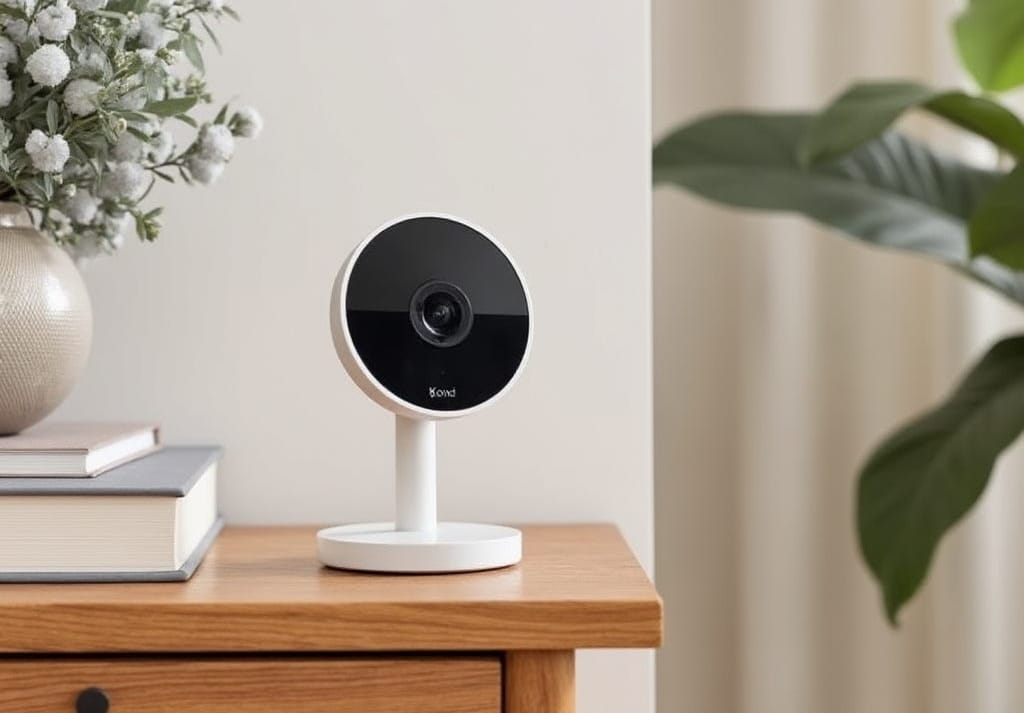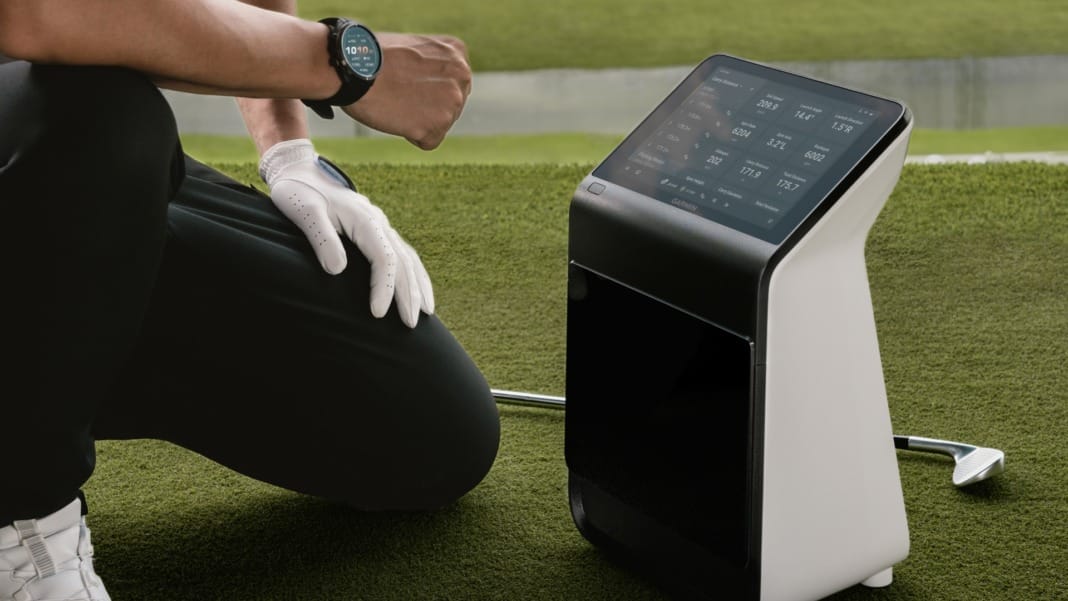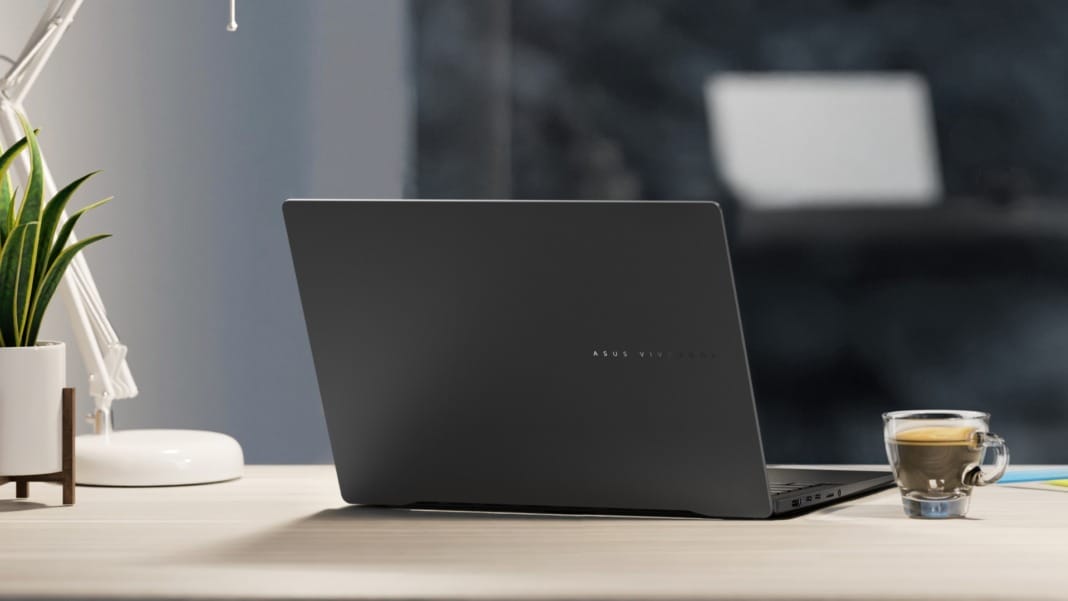Apple could soon enter the smart home IP camera market, with a potential release date 2026. According to well-known analyst Ming-Chi Kuo, Apple plans to produce a smart home IP camera and hopes to ship over 10 million units per year eventually. This move would see Apple join the competitive smart home sector, competing with established brands such as Arlo, Aqara, D-Link, and TP-Link.
Kuo suggests that Apple’s IP camera would have a unique advantage by leveraging Apple’s ecosystem, giving it a decisive edge over competitors. Although specific details of the camera’s features haven’t been revealed, it is expected to offer seamless integration with Apple’s existing devices and services, likely making it especially appealing for those already invested in Apple products.
Expanding the Apple smart home ecosystem
Apple’s potential IP camera is part of a broader strategy to expand its presence in the smart home sector. According to Kuo, the company is rumoured to develop a range of new smart home devices. However, while “at least four” devices are reportedly developing, not all may reach the market.
In addition to the IP camera, Apple is working on a range of other products designed to enhance and expand smart home capabilities. This includes an upgraded, high-end version of the HomePod and a new, improved HomePod mini. Apple is also reportedly working on two multifunctional products—one combining an iPad with a speaker designed for kitchen use and another for the living room that merges the functions of an Apple TV, a camera, and a HomePod.
These innovative devices, which are still under development, could introduce a new operating system to support Apple’s smart home products, enhancing their integration and overall user experience.
New smart home displays in the works
Apple is also rumoured to create two new smart home displays as part of its vision for smart home innovation. According to Bloomberg sources, the first of these displays is expected to be about the size of two iPhones placed side by side. It will have a unique design reminiscent of Apple’s iMac G4, with a diagonal screen attached to a small base. This display could be released early next year, possibly marking Apple’s first step toward a more visual and centralised smart home control interface.
A second smart home display, considered a more premium version, could feature a larger screen and a robotic arm for adjustable viewing angles. This high-end model is expected to cost around US$1,000 and will likely be released in 2026, the same year as the IP camera. A robotic arm would give users flexibility in screen positioning, adding convenience and versatility to their home setups.
A strategic move into the smart home market
Apple’s potential entry into the smart home camera market aligns with the company’s gradual expansion into home automation products to enhance user experience within the Apple ecosystem. By introducing various products that integrate smoothly with Apple Intelligence, Apple could position itself as a leading option for those seeking a cohesive and seamless smart home experience. These plans indicate a long-term goal to make Apple a central player in smart home technology, allowing users to access a range of interconnected devices that operate under a unified system.
For Apple users, the appeal of a smart home IP camera and other Apple-designed home products is clear: a unified experience that combines their existing Apple devices with new smart home functions, all with the benefit of Apple’s commitment to privacy, quality, and usability. As the smart home market grows, Apple’s expansion into this space could attract significant attention and shift customer preferences, making it a development to watch closely.





